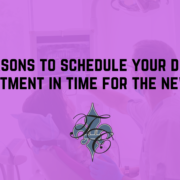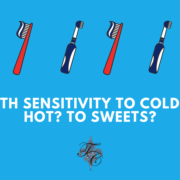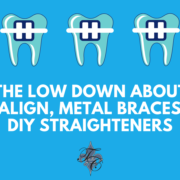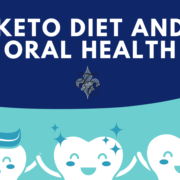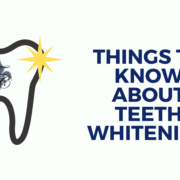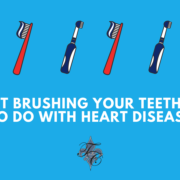5 reasons to schedule your dental appointment in time for the new year
Dentists and oral care experts across America recommend that you see your dentist for a cleaning and checkup twice a year, so why not start your new year off right with a visit to your favorite dentist’s chair? The time to schedule your new year appointment is NOW!
Here are five reasons why a trip to the dentist early in the year is so important:
- Cleaning off all the plaque build-up from the holidays: Even if you brush twice daily and floss every night, plaque still happens to everyone, especially if you’ve been indulging in sweet treats and other not-so-great for you food items from the holidays. Who wouldn’t want to start off the new year with a set of clean and plaque-free teeth?
- Early detection of gum disease: If you don’t want to stroll into the new year with gingivitis or other gum disease, then schedule your checkup sooner than later. Gum disease can be very harmful to your overall oral health. It can lead to tooth loss and other infections. An early trip to the dentist can prevent the fallout from gum disease.
- Cavity prevention and detection: Do you know how cavities are formed? Cavities are the holes in your teeth that form as a result of tooth decay. When cavities go untreated, it can cause pain and tooth loss. Who wants to start the new year with cavities? No one!
- Bruxism: Have you heard of Bruxism? It might sound scarier than it actually is, but it’s still important to be diagnosed and treated if you have it. Bruxism is grinding, gnashing or clenching your teeth unconsciously, either when you’re sleeping or when you’re awake. If it’s a severe case, it can lead to jaw disorders, headaches, damaged teeth and more.
- Early detection of oral cancer: Oral cancer is found more in people who are older than 45, but it can happen to anyone at any age. Did you know that people with poor oral hygiene — i.e. people who don’t take care of their teeth — are at a higher risk for oral cancer? An early dentist appointment can detect oral cancer – and a trip to the dentist can also educate you on how to properly care for your teeth so you’re not at an increased risk for oral cancer.
If you want to stroll into the new year with a healthy smile, call Dr. Tim Chauvin’s office to schedule your appointment today!

